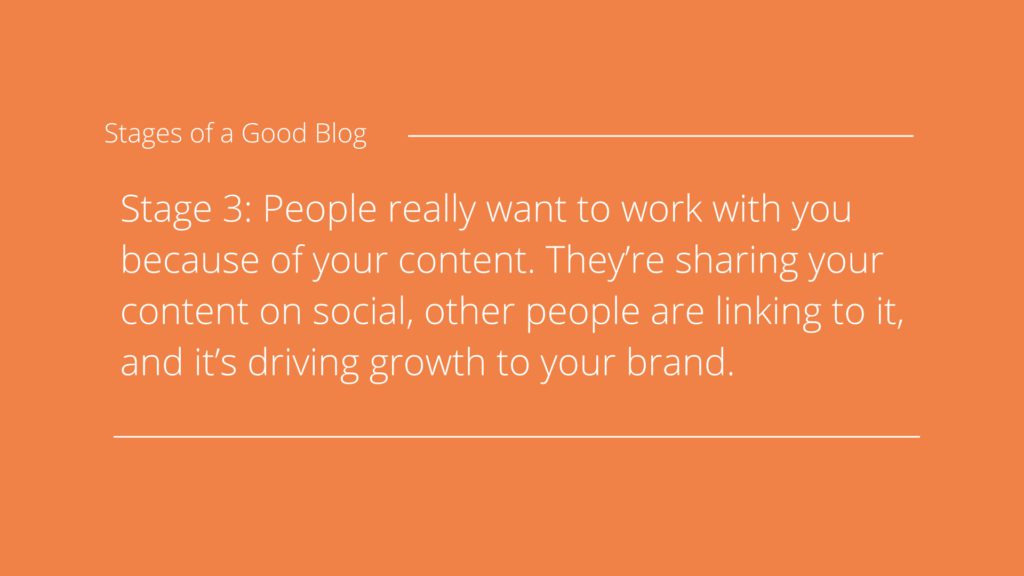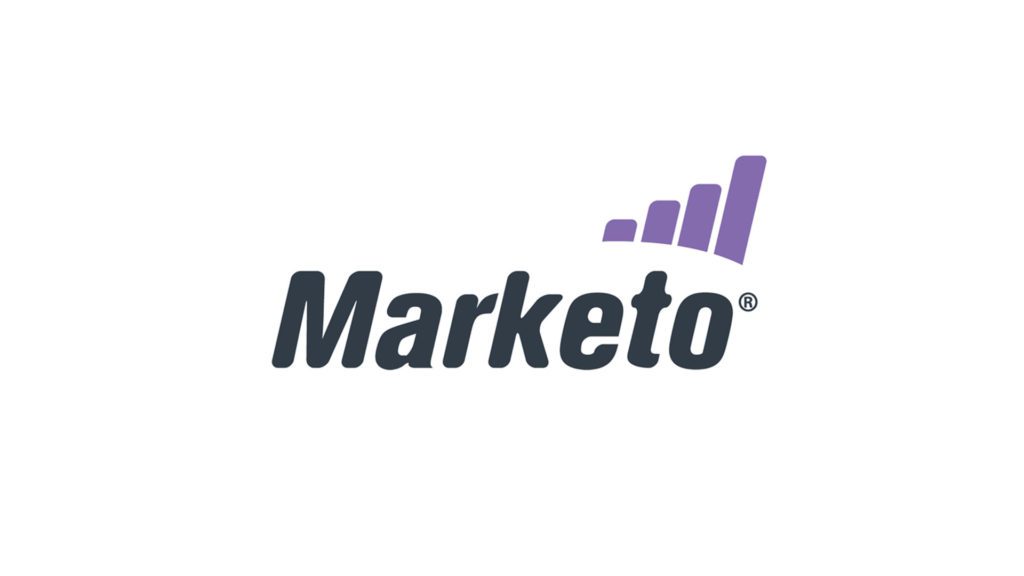How To Use Content Marketing to Build Your Brand Identity

Today, we’re going to talk about three ways you can use content marketing to build your brand identity.
[ Pssst. Did you know our subtitles are interactive? Go ahead. Click on it… You’re able to scroll through any specific point of the video that way. Word by word. Cool, huh? Retain more by reading? We got you. Here is the video above in blog format. You’re welcome. ]
Now, you might be one of those B2B marketers who is in the 1% who are weirdly drawn to and love reading white papers or data sheets. Unfortunately, I feel that in B2B, content marketing has become a very silo-ed department that’s not creative, it’s not fun, and it’s not aligned with your brand. It’s simply, “you have to have sales assets like white papers, data sheets, and case studies to support your team on the sales side and any of your drip campaigns. On the marketing side, you do blogs and occasionally, a guide.”
That was my life. That’s what we did here for a very long time. I didn’t like it. It was boring. I wasn’t excited about it. It was hard to be consistent because, as with most content marketing, you have to do it long enough to get somewhere, and during that process, you’re nowhere, and you eventually give up before you ever got somewhere.
It’s hard to tell if blogging didn’t work or you just gave up too early, and it becomes a confusing, complicated practice. So, today, we’re going to talk about three ways that you can simplify the process — things you can try and a few things to avoid as well.
Avoid Doing This…
Now, let’s start with things you should avoid.
Don’t Blog Just to Blog
Don’t blog just to blog. If your blog stinks, just to delete it and start over. Rewrite your core content, rewrite your services. Note that these are stages of a great blog:
- Stage 1: Someone reads it and they’re more likely to hire you than they were before.
- Stage 2: People read your blog, they share or forward it to some colleagues.
- Stage 3: People really want to work with you because of this content. In fact, they’re sharing it on social, other people are linking to it, and it’s actually driving growth for your brand.
Stage 3 — That’s that euphoric land that we want to get to. When you get there, you’re going to find that content becomes your brand and your brand becomes your content. That’s a powerful place to be.

To get there, we have three things you can try — it’s going to be different for every industry and every firm — but don’t give up once you start. You have to be consistent and you have to keep going forward. That’s a critical part of building a brand identity through your content, is consistency.
Don’t Write to Your Peers. Write to Your Audience
One area I didn’t quite get and I still struggle with is writing to my peers when I’m in services. One of the easiest things to do with your ego is to write something very, very cool that all your industry buddies and friends share, like, and think is really great.
If your services don’t align with what you’re writing and you’re not making business off of your content — it’s great that you liked writing it, it’s great that all your buddies and friends shared it, but I would argue, that you’re not building your brand identity, you’re not growing your business through your content if you’re writing for your friends. Remember to always write for your audience.
Now, if you’re in software, it’s different, because writing to your industry is writing to the practitioners who need your software — very different. But if you’re in services like us, writing to your industry means you’re just writing to other people who are like, “Oh, that’s a great idea. I should try that with my agency. Oh, that’s a great idea. I can do it with my clients.” Not, “Oh, that’s a great idea. I need to hire you.” And so, remember who you’re writing to and why you’re doing it. That’s really important.
#1. Instagram for Acquiring the Best Talent
The first type of content we’re going to talk about to build your brand identity is one that’s maybe for slightly more mature organizations that are in a different place in their growth pattern, but that’s Instagram.

If you’ve ever been in a high growth company, you’re going to feel, recognize, or experience that one of the largest pain points during the growth is attracting top talent and building a culture that people want to be in.
Your company is a sum of its parts and its parts are almost always in the shape of humans — A.K.A. the people who work there.
As you’re developing that culture and those systems, if you’re relying only on job boards and not on the perception of your firm from those who work in the industry, you’re going to struggle. This isn’t about writing a blog post about your firm. It’s simply about being really consistent on Instagram.
What we’re doing here at Directive is, since we hire many people in the age range between 23 and 35 due to our industry, we’re trying to build our following and we’re even advertising it on Instagram. As we build our following, build our culture, it’s going to be a lot easier to track top talent, which becomes even more and more of a concern as we’re growing faster and faster to continue to serve our clients.
Think about building your brand identity across social, whatever that platform is for you, for us it’s Instagram, maybe for you it’s Twitter or LinkedIn — but not just about how many e-book downloads you can get from Instagram, but about what Instagram’s for, which is building a community. So, how well can you build your community through the channel, as it was meant to do?
#2: Guest Posting to Become Authoritative
The second kind of content I want to talk about is guest posting or thought leadership. It’s the idea and principle of almost barnacling off of other brands that you highly respect.
For example, if Salesforce is an authoritative brand in the sales community or Marketo in the marketing community, and you want to be respected by that community, one of the best ways to show that you’re authoritative and deserving of respect is to simply publish for those brands.

You are then able to anchor yourself, your company, on to their brand equity, which then rises up your brand and starts to build your brand identity as a thought leader, which then allows you — at least in our space and professional services — to charge more as you’re seen as more authoritative and have greater expertise. The same also goes for software. In other words, if you are writing about your software on respective publications and the benefits it provides to your audience, what you’re able to do is educate your audience and grow.
The second thing that guest posting can do is when you’re a smaller website, you can go after some of your most competitive keywords and start to control the conversation.
For example, if you search “B2B SEO“, we rank number one for that via Search Engine Land, on an article that we wrote that talks about the direction of B2B SEO. Now, we also happen to sell B2B SEO. So, in other words, we are now getting to control through a third party what the market is perceiving they need when looking for B2B SEO by writing for a Search Engine Land.
You can do that same thing by writing for the solution your product or service offers for the most authoritative publications in your industry, and I highly recommend you check it out. I even wrote a blog post called “How to Write for Your Industry’s Top Blogs.” if you’re interested in trying out this tactic be sure to check that out.
#3: Video to Educate and Stay Consistent
Lastly, and thirdly, my favorite type of content, video. The reason I like this kind of content is that I struggled so much as the CEO who wanted our brand identity, our content, and our voice to be authoritative and expert. I couldn’t do all my other roles in this firm and write.
Video allows you to crack the code that I’m sure you struggle with, which is we have very talented engineers, we have really smart executives, we have a lot of people in our firm with a lot of industry expertise, but for the life of us, we can’t get them to write. I know I struggled with it, I still struggle with it. It’s very hard to get any individual here to publish something. We’ve tried many times. It’s hard for me to publish anything. We’re busy. We’re focused on our work, and it’s difficult to do. The same, I’m sure, goes for your executives and your team. Doing a video is oftentimes exponentially easier than writing.
To make things even easier and stay consistent, we use a tool called Speechpad. We take the motion graphics from this video for pictures, we take Speechpad to transcribe the video, and from that, we can actually turn every one of these videos not only for our YouTube channel and our social, but also transcribe it and turn it into a blog post that has all our keyword research, all the right title tags, great H1s, and it fits all of our goals and it just simply needs to be transcribed and no one needs to write. So, please try that.

If you have a lot of people who are great at communicating, struggle to find the time to write, and want to be consistent. We’ve been doing this for three months straight now without ever missing, and I’ve never been able to do that. So, check it out. Video has been incredibly powerful for us in building our brand identity.
If you have any questions, as always, leave a comment below. Feel free to subscribe. And we can’t wait to see you at the next video. Thanks!




